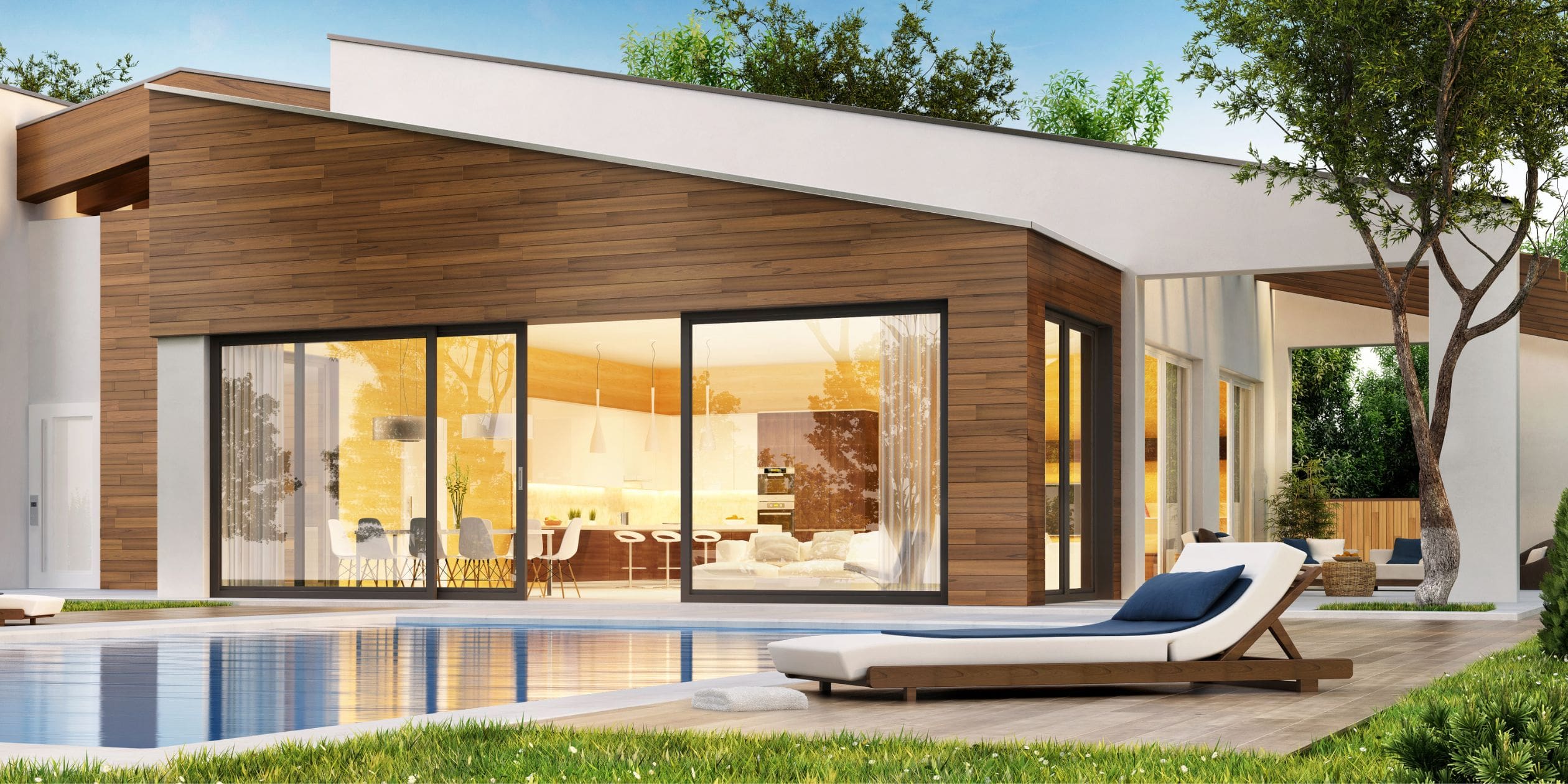Outdoor living spaces are a great way to enjoy more of a home and utilize the property. But if you're not careful, it can be easy to get carried away and create an outdoor space that's too expensive or doesn’t meet the needs of your customer. Here are some tips for creating an outdoor living area that strikes the right balance between form and function:
1. Focus on the Furniture
Furniture and appliances will likely be the focal point of your customer’s outdoor living space. There are tons of options out there for furniture, from pro outdoor kitchens and swim-up bars to cozy outdoor day beds. The right pieces will make all the difference between a boring backyard and a luxurious retreat or perfect entertainment space.
With so many options, it can be easy to get distracted by trends and gadgets. Help your customer stay focused on what they want to use their outdoor space for and avoid giving in to bells and whistles they ultimately won’t use.
2. Look for Overlooked or Underused Spaces
The backyard and side yard are notoriously underused spaces for many homeowners, so when a customer comes in looking for an outdoor living makeover, we’re already on the way to making more of their property!
When thinking about outdoor living space design, don’t be afraid to help customers get a little creative. Find ways to utilize their space effectively, whether that’s a small hidden patio on the side yard or recommending products that can perform double duty. Modular outdoor furniture can be easily reconfigured, for example.
Design software and using the right dimensions are critical to helping customers visualize the possibilities in their space.
3. Consider Sun Exposure in Each Area
You might think you only need to consider sun exposure when it comes to landscaping and gardening — but it’s critical for ensuring your customers use their outdoor space, too. If a kitchen area is in full sun for a good portion of the day, for example, it’ll be uncomfortable to host a backyard BBQ from there.
Having a yard with a lot of sun doesn’t mean your customer can’t live out their dream of being the neighborhood grill master, however. Being aware of the sun exposure in a customer’s yard means being able to provide solutions for shade where needed. Gazebos, pergolas, and retractable canopies or awnings can offer cover and cooler temps in the heat of peak BBQ season.
4. Plan for Seasonal Changes
Outdoor living spaces won’t be year-round ready in parts of the country with four seasons. If your customer wants to leverage the space year-round, you’ll need to factor in elements like torches and firepits to keep the space warm in the winter. Can you imagine a hot cocoa happy hour around a gorgeous fire pit?
If your customer isn’t looking to use their outdoor space in the winter, you’ll need to help your customer understand the maintenance and storage necessary to keep their space in tip-top shape. This might be something complex, like how to close down the pool, or fairly simple, like where to store plush seating cushions.
Materials will be important to consider, too, like metals that may rust, wood that may rot, or plastic that may fade. Many products have been coated or treated to withstand the natural elements, but products always last the longest with the proper care.
5. Go Beyond with Lighting & Decor
Decor items like lighting, plants, and accent pieces play an important role in creating an ambiance because they add color and texture — and they're beautiful too! String lights, sconces, printed fabrics, and potted plants give the space life and the flare of your customer that’ll make it the space they love and want to retreat to every day.
When you’re planning an outdoor living space with a customer, you’re doing more than recommending and selling products. You’re helping them invest in a space where they’ll make memories with loved ones — make sure it’s a space they’ll want to use!



